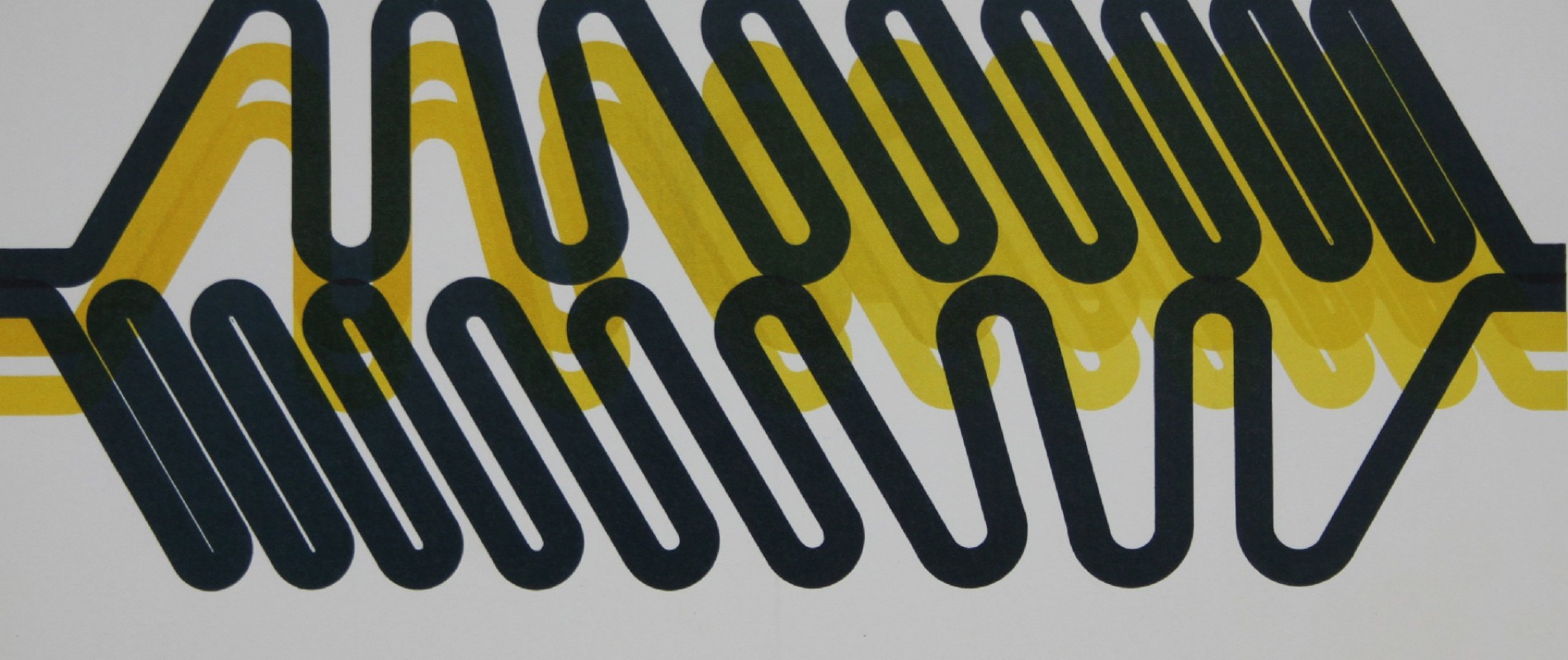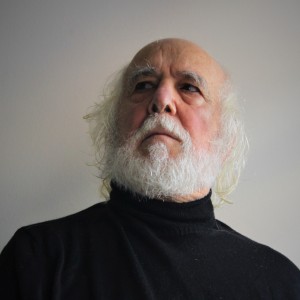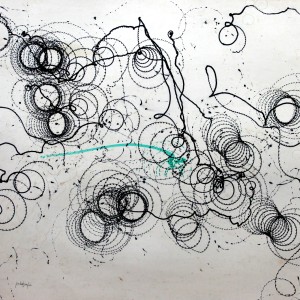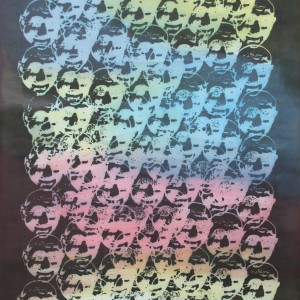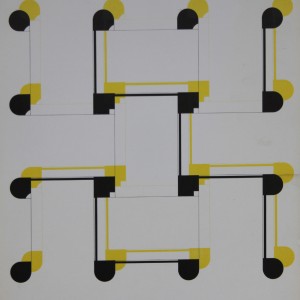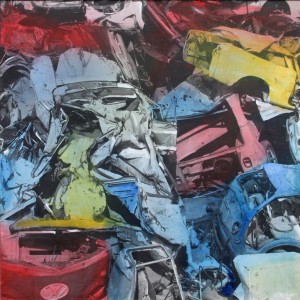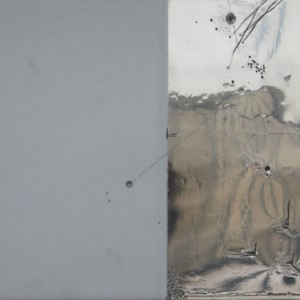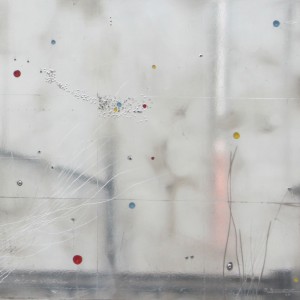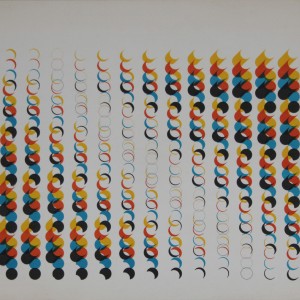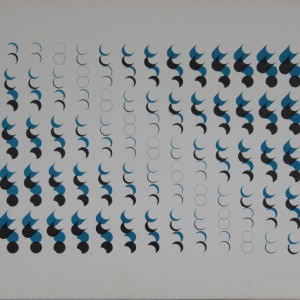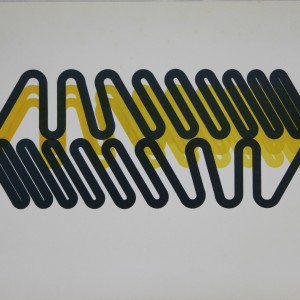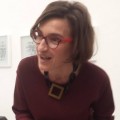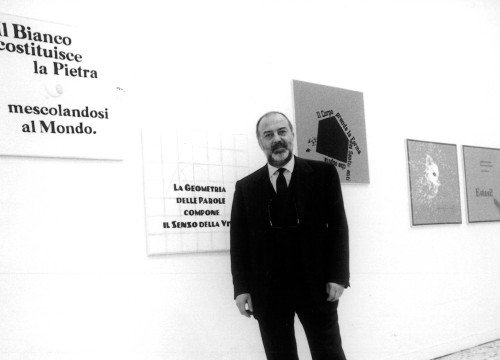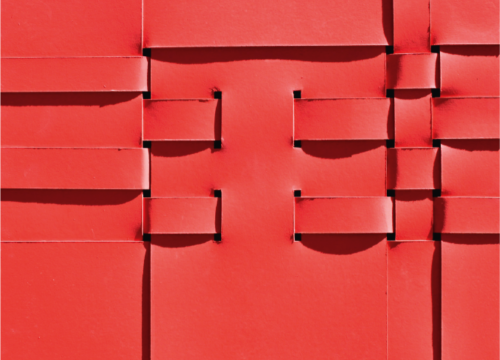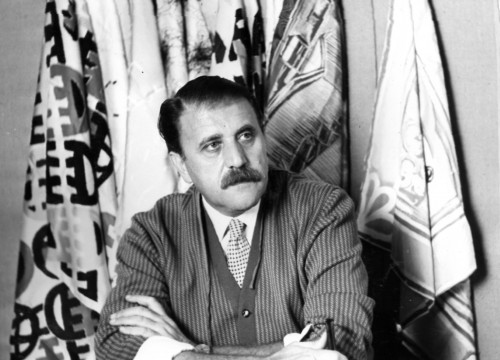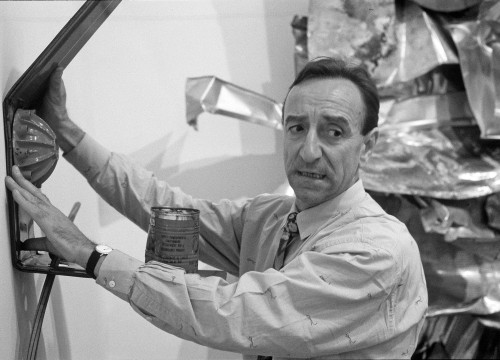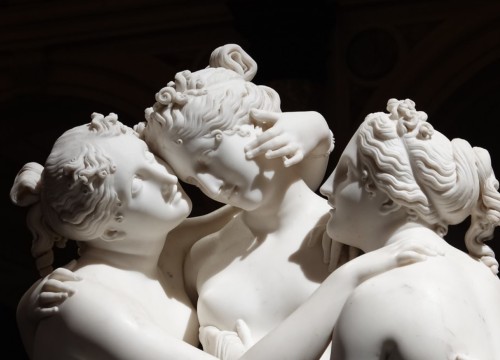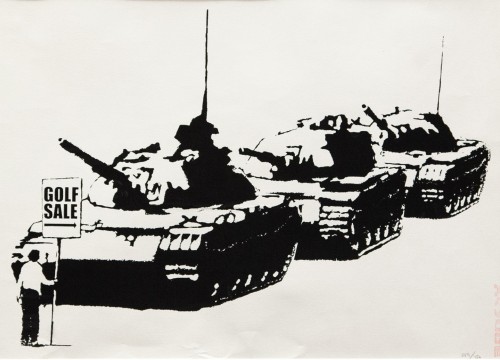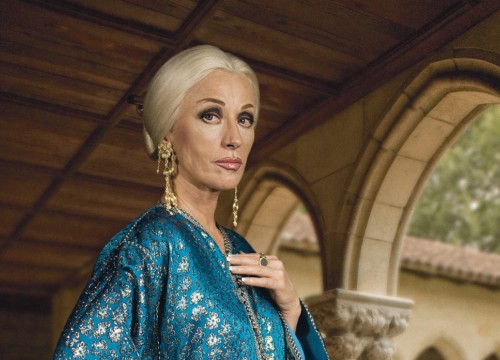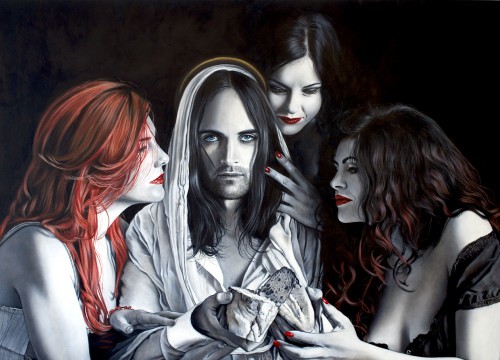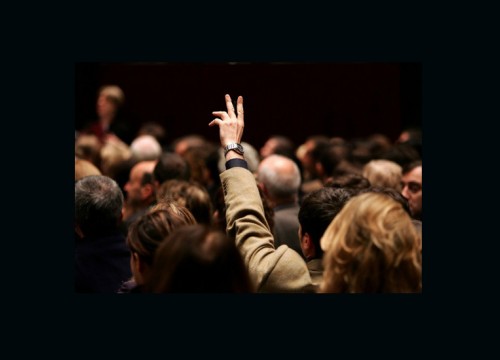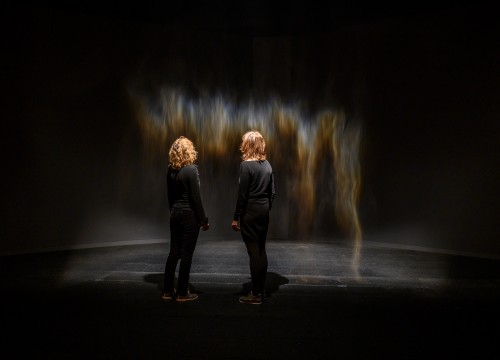On view, artworks from the 60s and 70s bring in dialogue the investigations of a programmed and kinetic matrix with works of ecological inspiration
Armando Marrocco’s new solo exhibition at the Galleria Luce pays homage to the Venetian spatialism: “Armando Marrocco. Convergenze spaziali. Venezia, Milano e oltre” (“Armando Marrocco. Convergences in space. Venice, Milan and beyond”). The idea of the curators Michela Luce and Toti Carpentieri is to highlight correspondences and analogies so far little explored.
IN THE CITTÀ 1 SERIES, WE FIND THE COMPARISON WITH ARCHITECTURE, OPTICAL STIMULI AND POP COLORS
When, in 1962, the artist settled in Milan, he was a twenty-three year old boy and was immediately attracted by the intuitions about the space of Lucio Fontana with that constant tension to weld artistic gesture and scientific gesture. At the same time, he started an experiment focusing on light and sign, which could be approached to the lagoon declination of spatialism. Through about twenty works created between the mid-60s and early 70s, the exhibition brings together the investigations of a programmed and kinetic matrix with the works of ecological, anthropological and social inspiration with which Marrocco reinterpreted the new relationship between man, time and space.
At the origins there is the memory of the Salento roots and the reactivation of the popular game of the palèo: the artist replaces the metal tip of a top with an inked tip and with this he traces suggestive arabesques on paper. He celebrated his 1979 performance at the Mercato del Sale in Milan.
IN 1971, AT THE GALLERIA APOLLINAIRE IN MILAN, A MEMORABLE EXHIBITION ON ANTS AND ON THEIR POTENTIAL TEACHING
On the more rigorous and design side, we find the series of works of 1967-1968 entitled Città uno, where graphic cleanliness and geometry also tell of the aspiration to a dialogue with architecture and where optical stimuli blend with pop colors: shapes and volumes are defined in one case by the sharp contours of the shadow, in another by the interweaving of primary colors.
The risks of overpopulation inspire instead a series of emulsified canvases (presented at the X Quadriennale in Rome in 1975) where the silhouette of the ant, repeated and superimposed in a crescendo that comes to obscure the holder, reveals a strong affinity with the sign of the writing. Marrocco participated in the events of visual poetry or new writing. A similar process, of progressive obfuscation, makes the musical staff last image unreadable in the sequence of cards entitled Sconcerto (musiche integrate).
IN WORKS SUCH AS POLLUTION AND OPERAZIONE VESUVIO, HIS SENSITIVITY TO ENVIRONMENTAL ISSUES EMERGES
The reflection on ants and their potential teaching had been at the center, in 1971, of his personal exhibition at the Centro Apollinaire of Guido Le Noci. On that occasion, he hoped to “initiate or revive a dialogue with nature, open to the understanding of a new ecological balance, that modern man with his artificial world and industrial society with its speculations are fatally losing”. Prophetic and true words.
This sensitivity to environmental issues explains its presence at seminal events such as Pollution e Operazione Vesuvio and it is the basis of the 1973 cycle Uomo ambiente, which closes the exhibition. They are emulsified canvases reproducing accumulations of colored car carcasses, which the artist imagines to have been erupted by Vesuvius. A catastrophic and disorienting vision, perhaps inspired by the friendship with Pierre Restany, catalyst of neo dadaist poetics on the international scene.

